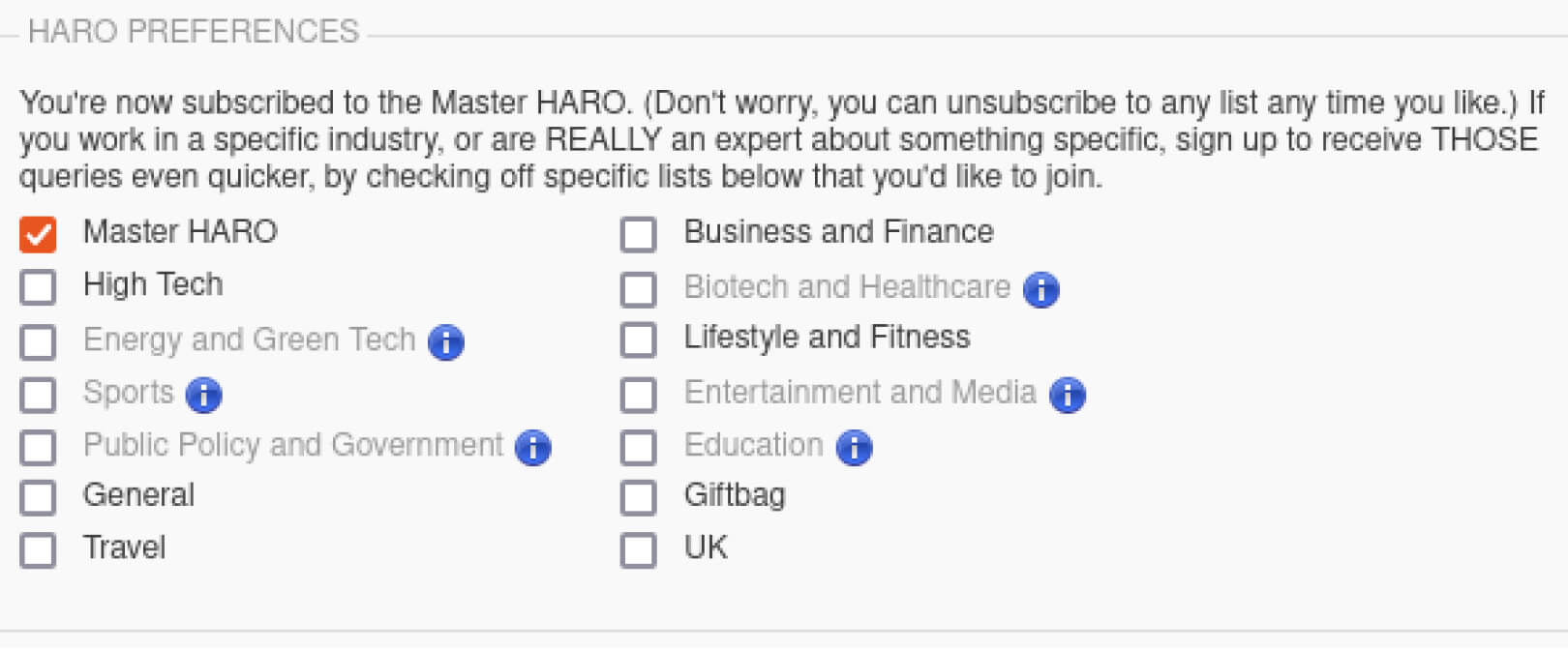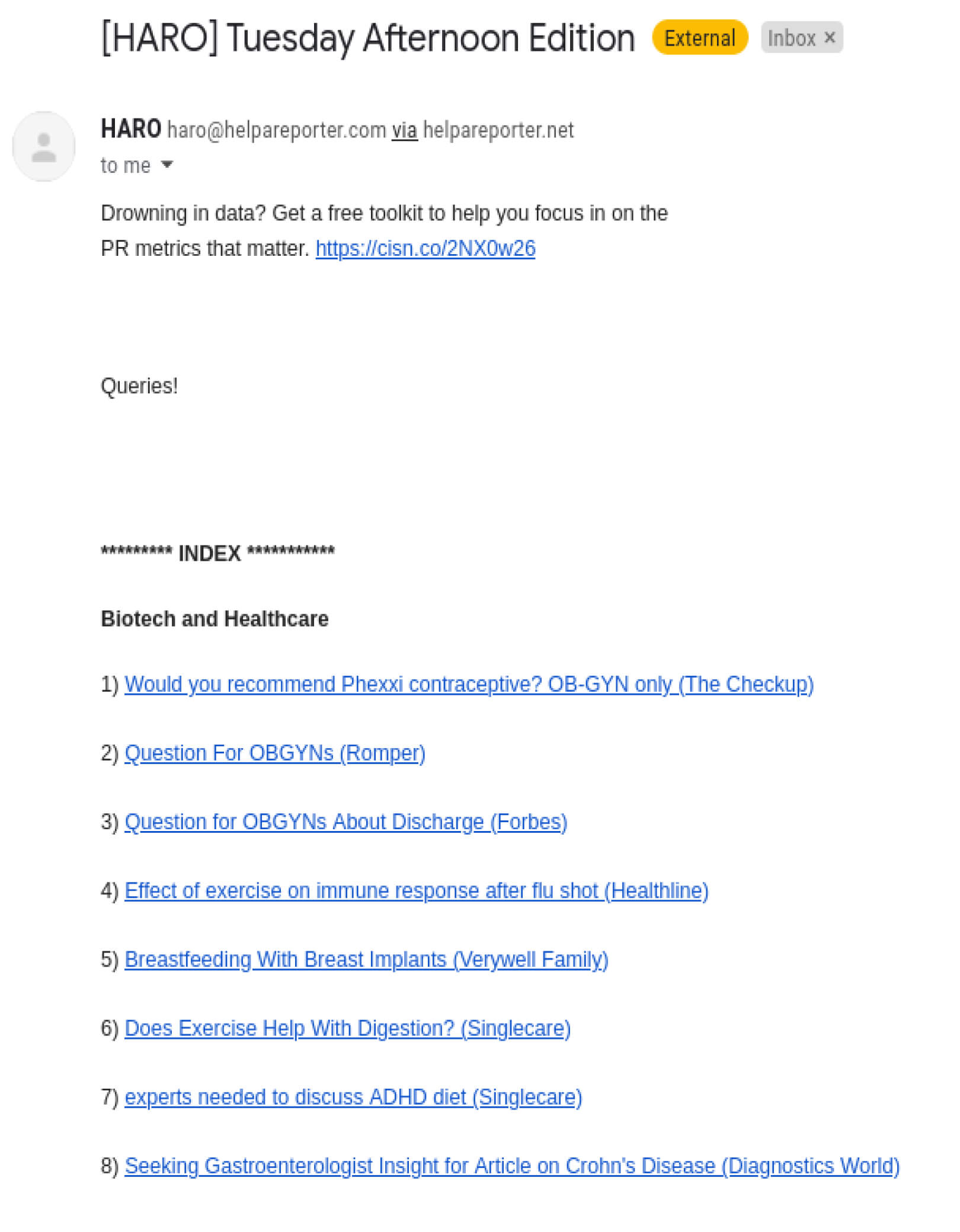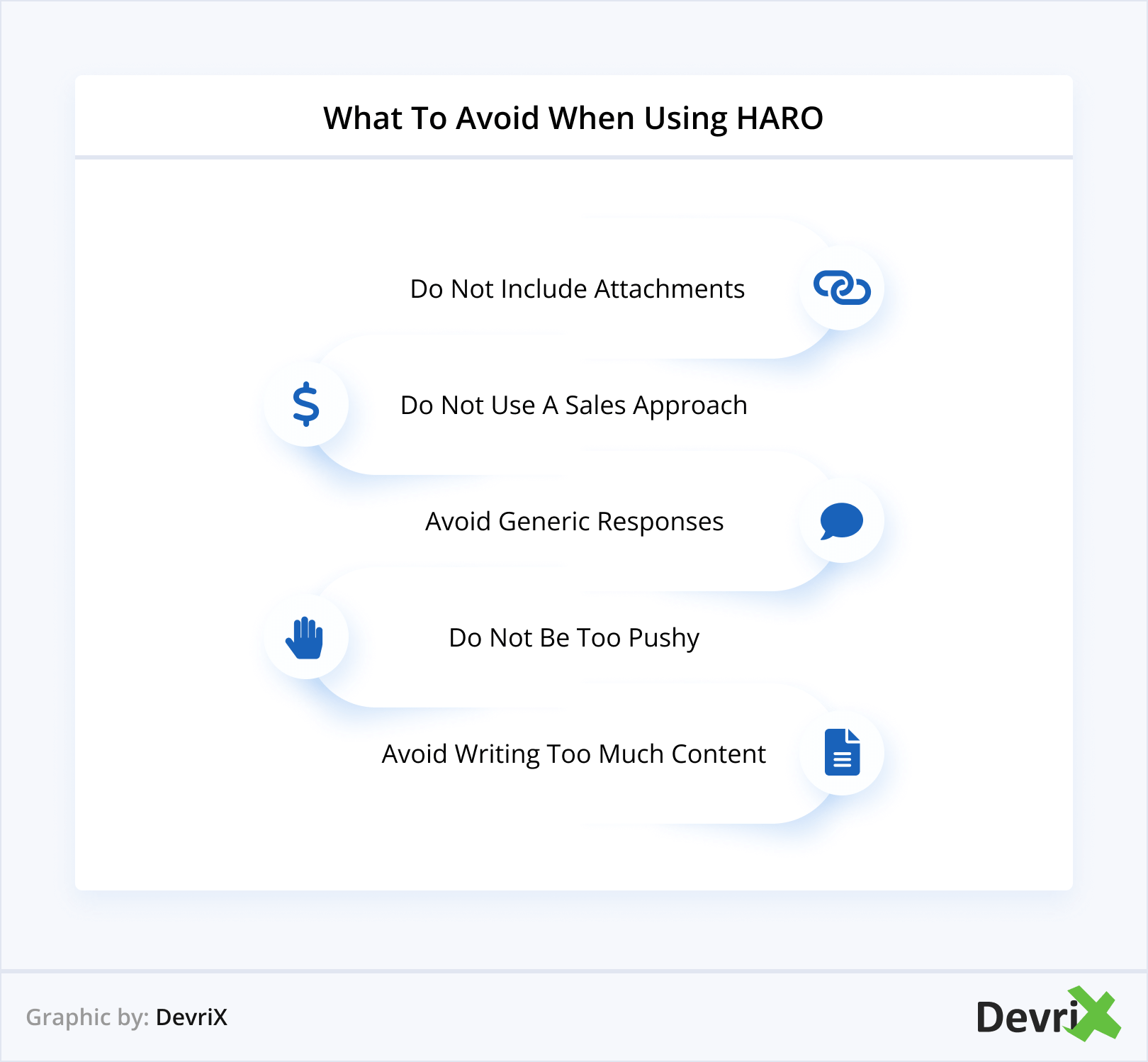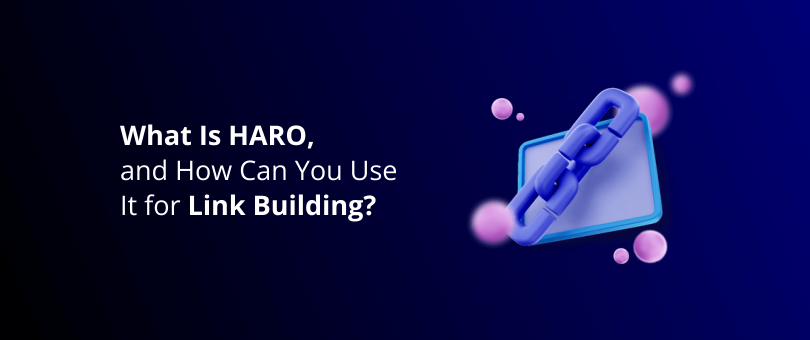So, you’ve recently heard about HARO, but you’re not quite sure what it means and moreover, how to use it.
You’ve come to the right place.
In today’s article, we’ll learn all about what HARO is, how to use HARO, and much more.
Let’s get it on.
What Is HARO?
HARO (help a reporter out) is a platform meant to, you guessed it, help out reporters. To elaborate further, HARO is a free-of-cost service by Cision, aiming to connect journalists with bloggers, experts in their field, who can share content relevant to their queries.
As a result, both journalists and bloggers can reduce the time they spend looking for sources, and allow themselves more time for writing.
More than 75,000 bloggers and journalists use HARO, including media outlets like Reuters, Fox News, the New York Times, the Wall Street Journal, and the Chicago Tribune.
How to Use HARO?
There are a few things you need to consider before you start using the “help a reporter out” service. First, choose whether you’re a journalist or a source. After that, it’s a good idea to read the rules of HARO to check if you’re okay with them.
In a nutshell, here are the main rules you have to follow:
- Avoid plagiarism.
- No off-topic pitches.
- No backlink farming.
- Do not reply with incomplete information.
- No attachments in emails.
- No product pitches, unless it’s a requirement from the source.
After that, you need to sign up. The platform offers four types of subscriptions, although the basic, free subscription is sufficient. Once you enter your contact information and activate your account, you can adjust your topical preferences.
When you enter the “My Account” section, you will see a “HARO Preferences” menu. From there, you can select which specific industries you want to receive queries for.

By default, all subscriptions are set to receive the “Master HARO”, which is a summary of queries from all industries.
After you’ve selected your preferences, all there is to do is wait. New emails arrive in your inbox three times a day (Monday–Friday) – 5:35 AM, 12:35 PM, and 5:35 PM ET.
These emails feature requests from journalists and outlets all over the world. Some are anonymous, some include the name of the outlet, as well as the exact requirements.
For example, you should include one or more headings in your submission, or that only replies from certain experts will be taken under consideration. The outlet may ask you to add a short bio and a picture, as well as your website URL.

Check the queries, and if you are confident you have expertise on a particular topic, you can send an email through the anonymous @helpareporter.net address.
Who Can Benefit From HARO?
Those who can benefit the most from HARO are websites looking to advance their link-building efforts.
What is HARO link building, you ask?
Quite simple. It’s when you submit your response to a query, the journalist/outlet likes it, publishes it on their website, and gives you a link towards your website in return.
Naturally, not every submission you send will result in a mention. That’s why it’s important to focus on topics on which you have great knowledge and expertise.
In general, the main benefits of using HARO are:
- It’s free. There are paid subscriptions as well, but you can use the platform without any issue even with the free version.
- Quality backlinks. It’s sort of a guest posting type of scheme, except you don’t pay or spam people, instead you submit responses and the best one(s) get included, most of the time with a backlink as a reward.
- Visibility. Obtaining a link towards your site from a reputable outlet with high authority and thousands of followers is certainly something you will benefit from.
- Thought leadership. Being quoted as an expert in your industry is undoubtedly what every business is looking for. HARO renders the process very simple, and it can deliver a free and organic boost to your reputation.
Tips for Using HARO
Here are a couple of tips to max out your “help a reporter out” efforts and to increase your chances of getting featured.

- Respond quickly.
- Answer the query directly.
- Provide unique responds.
- Edit your answer.
- Don’t waste content.
1. Respond Quickly
Time matters, especially for journalists who often work on tight deadlines. In fact, most queries have a set deadline. Hence, your chances of submitting a response that will be used, increase if you respond quickly.
Naturally, time should not come at the expense of quality: having both is essential to success.
2. Answer the Query Directly
You might be eager to include lots of extra information in your response, however, that could be detrimental for you. The fact is, providing a concise and direct answer is more likely to bring you better results.
Journalists appreciate brief and accurate answers, so it’s a better idea to leave the chit-chat style for another writing endeavor.
3. Provide Unique Responds
It should go without saying, but, do try to always send unique responses. Copy-pasting will not provide extra value, however, a one-of-a-kind answer will.
Of course, you won’t be able to be equally unique and authoritative on all topics, but it’s certainly better to give it a try than to rely on reused material.
4. Edit Your Answer
Priority should be given to a speedy response, however, you should still take the time to edit/proofread your submissions. Poorly written answers, full of typos and grammatical errors, can very easily be discarded by journalists.
The easiest way to proofread your texts is to use a grammar checker like Grammarly, LanguageTool, etc.
5. Don’t Waste Content
Chances are, a lot of the answers you submit will not get featured. First, don’t let negative thoughts creep into your mind, and second – do not let that content you wrote go to waste.
Instead, why not save it and use it for something else? It could be for a blog post, social media, or whatever other channel you find appropriate.
What to Avoid When Using HARO
There are some absolute noes when it comes to sending “help a reporter out” submissions. Avoid these bad practices to increase your chances of getting your responses included.

- Do not include attachments.
- Do not use a sales approach.
- Avoid generic responses.
- Do not be too pushy.
- Avoid writing too much content.
1. Do Not Include Attachments
This is one of the main rules of HARO – never include attachments in the email you send. They will be removed automatically anyway, in order to prevent the spreading of viruses.
In case there is a requirement in the queries to add a photo, you can use external storage tools like Dropbox, Google Drive, etc.
2. Do Not Use a Sales Approach
HARO is not the place to try a sales pitch. There are some instances where outlets encourage you to feature specific products in your response, but unless specifically mentioned, always avoid positioning products or services.
3. Avoid Generic Responses
It’s always a bad idea to use generic responses, and it’s an even worse practice to copy-paste, or basically plagiarize other people’s content.
Whenever you establish, you cannot offer a unique point of view to a query, it’s better not to waste time, rather than to submit a cliché answer, which will not be of any use to the journalist.
4. Do Not Be Too Pushy
If your submission does not get included, don’t go on to harass and bother the journalist. Just accept it and keep on with your work. Don’t follow up on the pitch, if you don’t receive a reply.
The inboxes of journalists are already cluttered with emails. Do you think sending follow-ups and reminders will help you get what you want? On the contrary, you’re likely to annoy the reporter and let’s be honest, you don’t want to frustrate your future responses to other queries from the same outlet. Organizations often remember or flag submissions from people who are difficult.
5. Avoid Writing Too Much Content
You needn’t write an entire blog post article. Usually, what journalists want is a quote, not a step-by-step tutorial on how to do something. Let’s say the query is to explain the difference between and compare Node JS and React JS.
It’s best to be straight to the point. Extra information, like what are the benefits of JavaScript or how to use it, is not required. It will just be fluff that’ll do you no good, same goes for the outlet requiring the information.
Summary
You now know what HARO is and how to use it. In practice, HARO (help a reporter out) can be very beneficial for your online business.
Follow the tips for dos and don’ts we provided in our article, and your submissions should have a bigger chance of being accepted and earning you a backlink.
Now go ahead and help those reporters out. They will help you, too, in return.




